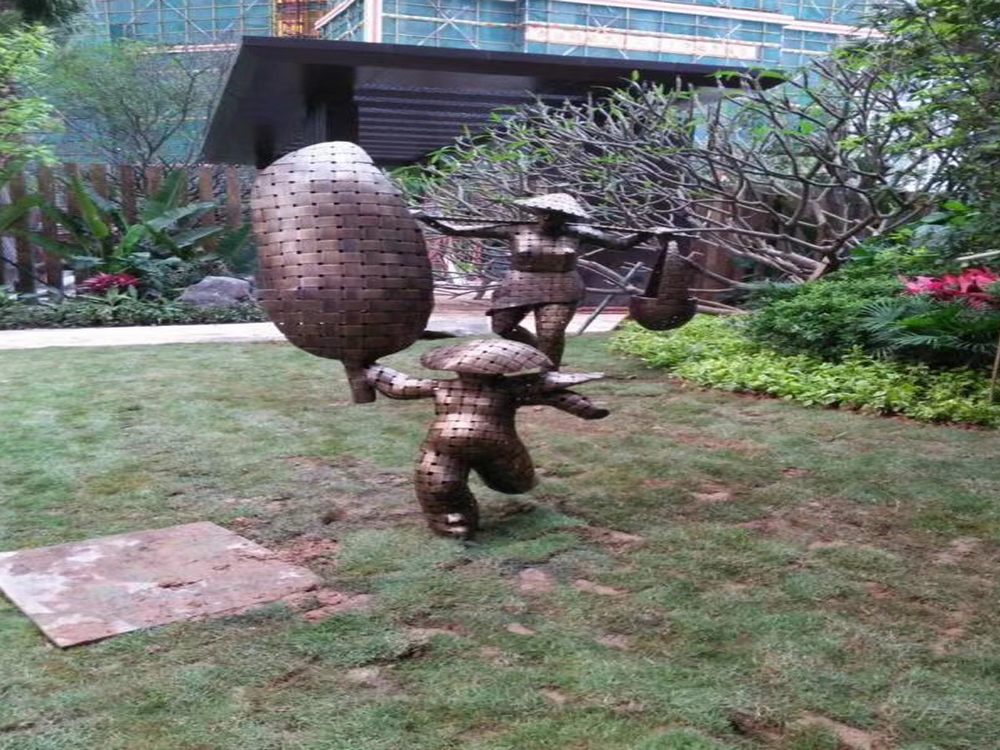
Kinetic bronze sculptures are a captivating fusion of art and engineering, requiring meticulous attention to structural stability. To ensure longevity and performance, artists and conservators must adhere to several best practices.
1. Material Selection: High-quality bronze alloys with optimal strength and flexibility are essential. Silicon bronze, for instance, offers excellent durability and resistance to corrosion, making it ideal for kinetic components.
2. Engineering Precision: The design phase should incorporate stress analysis to identify potential weak points. Reinforcing joints and pivot points with stainless steel or brass fittings can prevent wear over time.
3. Balanced Weight Distribution: Kinetic sculptures rely on movement, so evenly distributing weight ensures smooth operation and reduces strain on individual components.
4. Regular Maintenance: Periodic inspections for cracks, corrosion, or loose fittings are critical. Applying protective wax or lacquer coatings helps shield the bronze from environmental damage.
5. Environmental Considerations: Install sculptures in stable environments away from extreme temperatures or humidity, which can accelerate metal fatigue or oxidation.
By following these practices, artists can preserve the beauty and functionality of kinetic bronze sculptures for generations.

